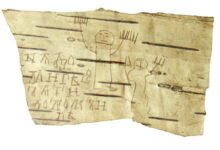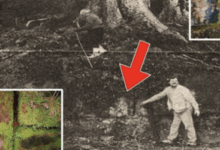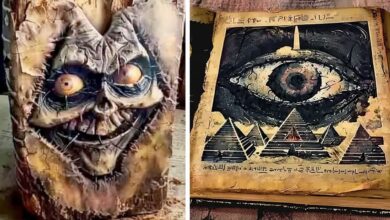The Art of Imperfection: Miroslav Tichý and His Homemade Cameras

In the world of photography, perfection is often pursued through cutting-edge technology, precision lenses, and sophisticated equipment. But sometimes, true artistry emerges from the most unexpected places — and with the simplest of tools. Such is the story of Miroslav Tichý, a Czech photographer who crafted his own cameras from cardboard tubes, tin cans, bits of string, and whatever scraps he could find, creating thousands of haunting images over two decades.
An Unconventional Visionary
Born in 1926 in Kyjov, Czechoslovakia, Miroslav Tichý’s early life was shaped by the upheavals of World War II and the oppressive Communist regime that followed. Although he studied art at university, his artistic journey took a uniquely solitary and rebellious turn in the 1960s. Rejecting the constraints of formal art education and the commercialization of art, Tichý began building rudimentary cameras by hand — devices that were deliberately imperfect, flawed, and prone to distortion.
Using recycled materials — cardboard tubes fashioned into lenses, tin cans for bodies, and string as makeshift shutters — he created an arsenal of crude photographic tools. These homemade cameras were far from the polished equipment professional photographers rely on, yet they captured something raw and authentic. Tichý’s work was not about technical perfection; it was about capturing fleeting moments, emotions, and the intimacy of the everyday.
The Hidden Photographer
For nearly 25 years, from the early 1960s until 1985, Tichý wandered the streets of his hometown, Kyjov, taking thousands of photographs — mostly of women, whom he observed from a distance. He photographed through windows, fences, and from hidden vantage points, often using pinhole cameras that required patience and a unique kind of intuition. His pictures are blurry, grainy, sometimes out of focus or crooked, but that imperfection is exactly what gives them an ethereal, dreamlike quality.
Tichý’s photography was deeply personal and idiosyncratic. He never exhibited his work during this period and remained largely unknown outside his small town. In fact, he preferred to live apart from society, often regarded as eccentric or even a local hermit. His cameras, stored away in makeshift cases and old tins, were discovered only decades later.
Rediscovery and Recognition
It wasn’t until the late 1990s that the art world began to recognize Miroslav Tichý’s genius. Photographers and curators stumbled upon his work, drawn to its raw honesty and unconventional beauty. His photographs soon began appearing in galleries and exhibitions worldwide, earning acclaim for their poetic representation of voyeurism, memory, and the ephemeral nature of beauty.
Tichý’s art challenges conventional ideas about photography. His “imperfect” images force us to reconsider what makes a photograph valuable: Is it technical clarity, or is it the emotion and story behind the image? His work blurs the line between reality and imagination, inviting viewers into a world seen through his uniquely crafted lenses.

The Legacy of a Handmade Camera
Miroslav Tichý’s story is a powerful reminder that creativity doesn’t depend on expensive tools or perfect technique. With nothing but discarded materials and a determined spirit, he transformed humble objects into instruments of art that captured the complexity of human experience.
His homemade cameras — pieced together with cardboard, tin cans, and string — symbolize the essence of artistic resourcefulness and the pursuit of vision against all odds. Through these fragile devices, Tichý left behind a legacy of thousands of images that continue to inspire photographers, artists, and dreamers around the world.
In a digital age dominated by megapixels and instant sharing, Miroslav Tichý’s work calls us back to the tactile, imperfect, and deeply personal roots of photography. It’s a celebration of the beauty found in imperfection, and a testament to the power of seeing the world through one’s own handmade lens.




